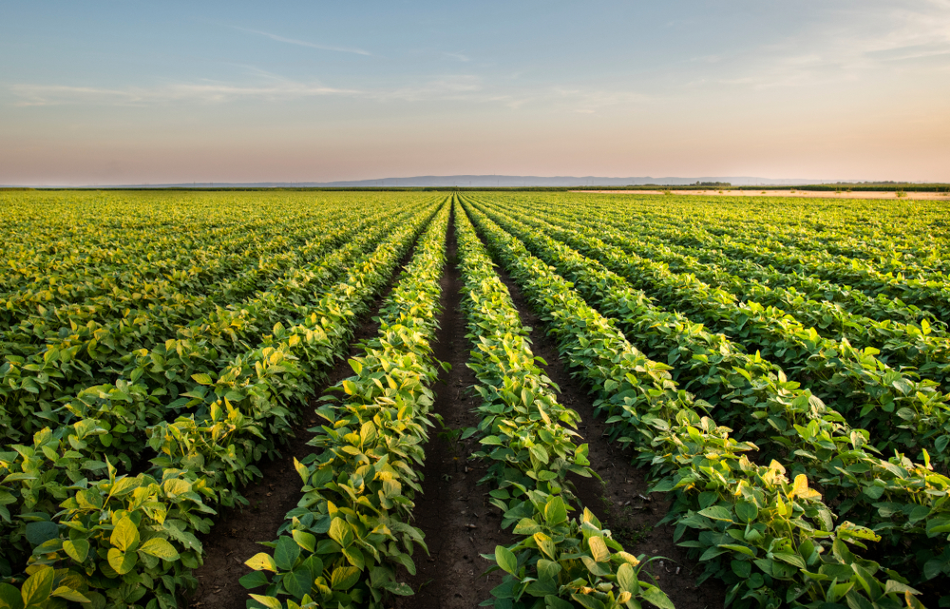Mar 17 2020

Image Credit: Fotokostic/Shutterstock.com
In California’s Central Valley, farmers do not generally endorse government regulations. However, they have witnessed an increase in the productivity of their high-value crops—translating to higher earnings—due to the Golden State’s stringent air pollution regulations.
As part of a study reported recently in the Nature Food journal, scientists from the University of California, Irvine and other institutions performed a statistical analysis of pollution exposure and yields from 1980 to 2015 on the main sector that constitutes around 38% of the state’ s total agricultural output: perennial crops like grapes, almonds, peaches, walnuts, nectarines, and strawberries.
The team identified reductions in ground ozone in this 35-year period led to an increase in production of $600 million every year.
A lot of California farmers may not appreciate that air quality standards have had such a benefit on their ability to grow crops. The irony is that by fighting against certain environmental regulations, these folks may be damaging their own earning capacity.
Steven Davis, Study Co-Author and Associate Professor of Earth System Science, University of California, Irvine
The scientists also predicted variations in yield up to 2050 under several scenarios, identifying that anticipated declines in ambient ozone would lead to a 20% jump in table grapes, a 5% boost in wine grapes, and an 8% climb in nectarines. However, they also identified that yields of other crops, like almonds, may experience similar decreases due to higher temperatures.
Davis observed that the focus of previous studies on the effect of ambient ozone and climate warming on the ability to grow food has been on high-volume staple crops like soy, rice, and wheat. However, he and his collaborators opted to focus on perennials due to the long-term investment they need and the fact that California is a significant supplier of this kind of produce.
These aren’t the things that are providing the global population with its main source of calories. These are the sweet things in life—fruits, nuts and grapes for wine. Also, monetarily, some of these crops are a lot more valuable than wheat or corn.
Steven Davis, Study Co-Author and Associate Professor of Earth System Science, University of California, Irvine
One more difference is that it is possible to alter grains of certain types to resist greater heat and even higher ozone levels in the atmosphere. However, for instance, once planted, it is not feasible to make almond trees more tolerant to varying conditions, and it is predicted that the capital invested will be recouped over a few decades.
The research illustrated that the impacts of climate warming have not been statistically significant for several perennial crops so far, but ambient ozone—the majority of is caused by emissions from California’s transportation and energy production sectors—significantly brings down harvests of grapes, peaches, nectarines, and strawberries, by nearly 22% in the case of table grapes.
If you look at a map of the state, you’ll see an overlap in areas such as the San Joaquin Valley where many perennial crops are grown and which have high levels of ozone pollution. This co-location indicates that there are opportunities to increase the state’s crop production with even a localized reduction in the amount of ambient ozone pollution.
Chaopeng Hong, Study Lead Author and Postdoctoral Scholar in Earth System Science, University of California, Irvine
Tropospheric ozone is formed by the reaction of nitrogen oxide—discharged mainly via human activities—with volatile organic compounds in the presence of sunlight. Upon penetrating leaves of the plants through their stomata, ozone burns plant cells through oxidization, thereby impairing photosynthesis and the energy that can be offered by the plants to produce fruits.
According to Davis, with the additional insights gained by him and his fellow climate scientists with respect to the relationship between agricultural output and air pollution, California can serve as a testbed for various climate change mitigation scenarios.
Davis added, “We can really look at the state’s energy and transportation systems and be quantitative about how those things might help or hurt agriculture. As we transition away from fossil fuels in favor of solar and wind energy and electric vehicles, there will be big changes in ozone pollution. We can simulate those changes and project the effects on California’s most valuable crops.”
Collaborators from UC San Diego, Northeastern University, Colorado State University, UC Davis, and The Ohio State University are contributed to this study. The study was collaboratively funded together by the National Science Foundation and the U.S. Department of Agriculture.
Source: https://uci.edu/